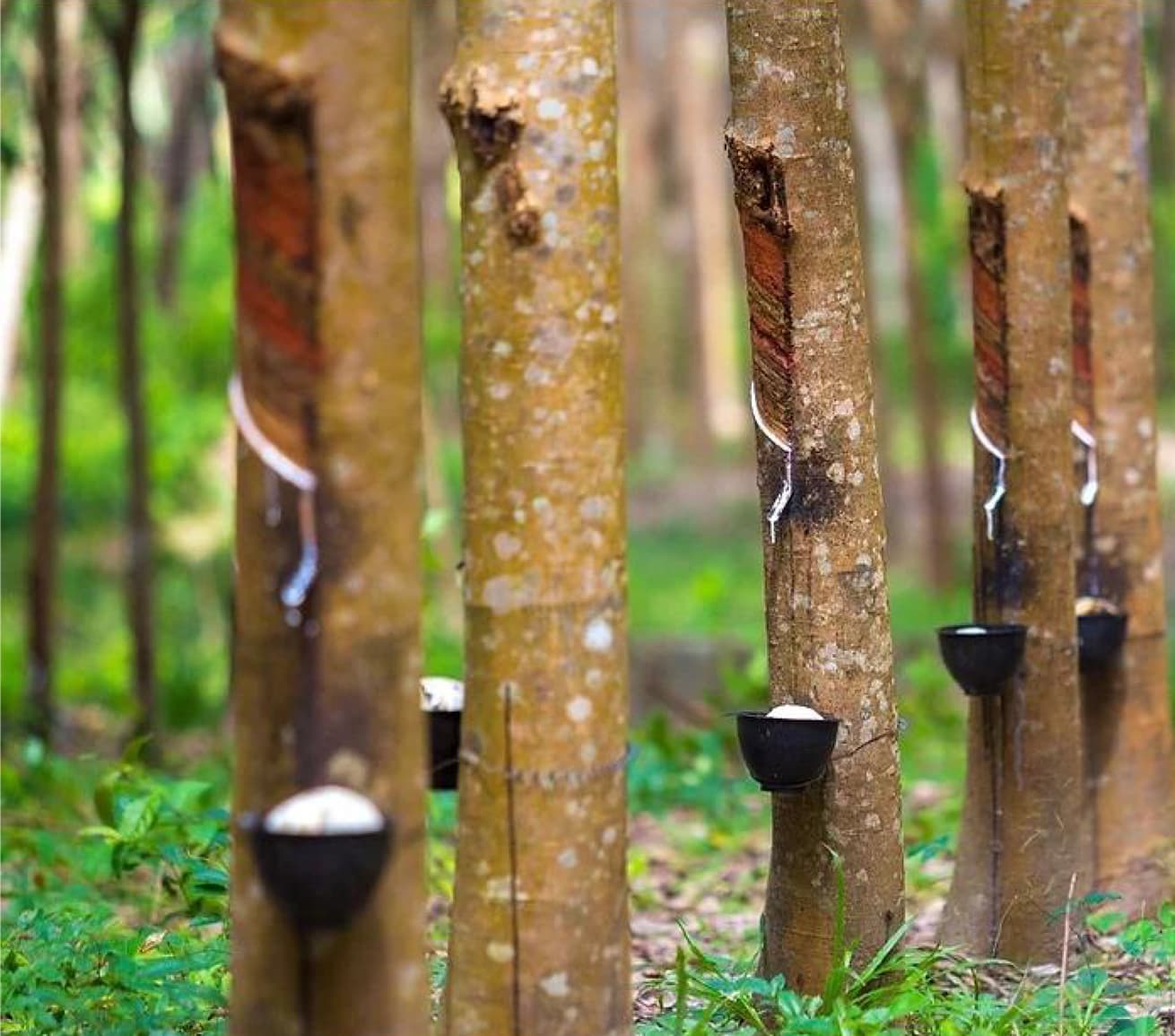
In response to the upcoming full implementation of the EU Deforestation Regulation (EUDR), major companies have already begun actively preparing. The regulation aims to protect forest resources and reduce deforestation activities, having a particularly significant impact on the rubber industry. Natural rubber producers and tire manufacturers, as primary stakeholders, are facing unprecedented challenges. Currently, commonly used O-ring materials such as NBR, EPDM, FKM, HNBR, and SBR are synthetic rubbers and are not related to the EUDR regulation.
Natural Rubber: A Return to Nature
Natural rubber is extracted from the latex (rubber milk) of rubber trees. Its main component is polyisoprene, known for excellent elasticity, tear strength, and abrasion resistance. The greatest advantage of natural rubber lies in its environmental friendliness, as it is a renewable resource, biodegradable, and has relatively minimal environmental impact.
Synthetic Rubber: An Innovative Product of Human Ingenuity
Unlike natural rubber, synthetic rubber is produced through chemical synthesis processes and can be customized for specific applications. Synthetic rubber comes in a wide variety, including:
- Nitrile Butadiene Rubber (NBR):
Excellent oil, heat, and abrasion resistance. Commonly used in applications requiring oil and chemical resistance, such as seals and hoses in the automotive and aerospace industries, as well as in oil field extraction and processing. - Styrene-Butadiene Rubber (SBR):
Heat and abrasion resistant. Widely used in tire manufacturing and various rubber products. - Neoprene (CR):
Heat and oil resistant. Commonly used in wetsuits, shock-absorbing materials, and various industrial parts. - Silicone Rubber:
Resistant to high and low temperatures. Commonly used in medical devices, kitchenware, baby products, and seals. - Polyurethane Rubber (PU):
Good abrasion resistance. Used in the footwear industry (especially sports shoe soles), automotive parts, industrial conveyor belts, and foam materials. - Ethylene Propylene Diene Monomer (EPDM):
Exceptional weather and heat resistance. Commonly used for automotive seals, roofing membranes, window frame weather stripping, and garden and industrial hoses. - Fluoroelastomer (Viton / FKM):
Outstanding chemical and high-temperature resistance. Suitable for use in seals and hoses in the chemical industry, and for fuel and hydraulic system components in the aerospace industry. - Hydrogenated Nitrile Butadiene Rubber (HNBR):
Oil and wear resistant. Often used in the automotive industry, hoses, seals, and high-performance applications in heavy industry and oil extraction. - Butyl Rubber (IIR, Isobutylene Isoprene Rubber):
Excellent air tightness and chemical resistance. Used in inner tubes, protective clothing, containers for chemicals and petroleum products, and as insulation material in the electrical industry.
